Home>Articles>The Best Adhesives And Accessories For Your Next Woodworking Project
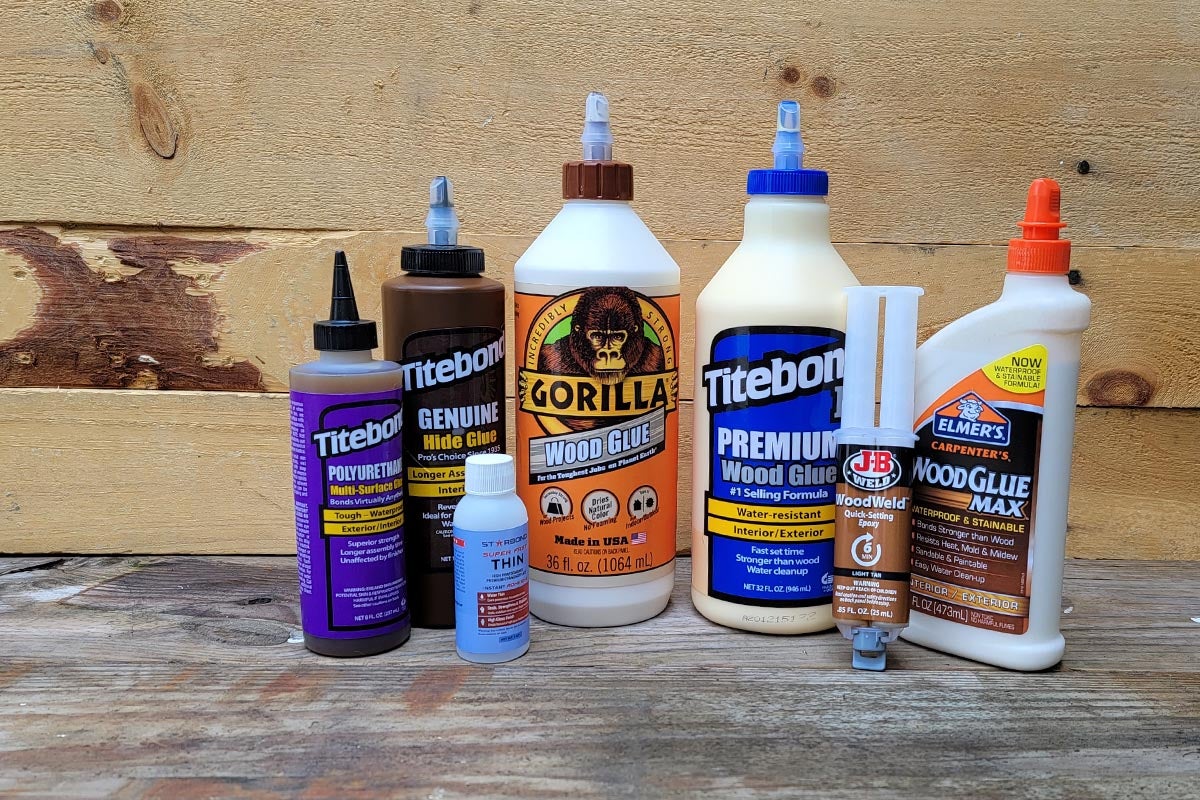

Articles
The Best Adhesives And Accessories For Your Next Woodworking Project
Modified: January 9, 2024
Find the best adhesives and accessories for your next woodworking project with our informative articles. Discover the top options and make your project a success.
(Many of the links in this article redirect to a specific reviewed product. Your purchase of these products through affiliate links helps to generate commission for Storables.com, at no extra cost. Learn more)
Introduction
When it comes to woodworking projects, choosing the right adhesives and accessories is essential for achieving a successful outcome. Whether you’re a seasoned woodworker or just starting out, knowing which adhesives to use and which accessories to have on hand can make a significant difference in the quality and durability of your creations.
In this article, we will explore a variety of adhesives and accessories that are commonly used in woodworking projects. By understanding their properties and applications, you’ll be able to make informed choices for your next woodworking endeavor.
Before we dive into the specific types of adhesives and accessories, it’s important to note that safety should always be a top priority. When working with adhesives, make sure to read and follow the manufacturer’s instructions, wear appropriate protective gear, and work in a well-ventilated area.
Now, let’s explore some of the best adhesives and accessories for your woodworking projects.
Key Takeaways:
- Choose the right adhesives and accessories to ensure the success of your woodworking projects. Understanding the properties and applications of different adhesives, along with having essential accessories on hand, will lead to durable and visually appealing creations.
- Safety, proper application, and selection of adhesives and accessories are crucial for woodworking success. By following manufacturer instructions, taking safety precautions, and using the right tools, you can achieve professional-level results in your woodworking endeavors.
Adhesives
Adhesives play a crucial role in woodworking projects, as they are used to bond different wood pieces together. There are several types of adhesives available, each with its own unique characteristics and applications. Let’s take a closer look at some of the most commonly used adhesives in woodworking:
- Wood Glue: Wood glue, or carpenter’s glue, is a popular choice for woodworking projects. It is a water-based adhesive that provides a strong bond and dries clear. Wood glue is ideal for joining solid wood pieces together, as well as wood to other porous materials like MDF or plywood.
- Construction Adhesive: Construction adhesive is a versatile adhesive commonly used in woodworking and construction applications. It is a strong adhesive that forms a durable bond and is resistant to moisture and temperature changes. Construction adhesive works well for bonding wood to other materials, such as metal or concrete.
- Epoxy Adhesive: Epoxy adhesive is a two-part adhesive that consists of a resin and a hardener. When mixed together, they create a strong and durable bond. Epoxy adhesive is particularly useful for bonding different wood species or materials with varying expansion rates. It is also resistant to water and chemicals, making it suitable for outdoor projects or those exposed to moisture.
- Cyanoacrylate Adhesive: Also known as super glue, cyanoacrylate adhesive is a fast-acting adhesive that bonds quickly and strongly. It is ideal for small woodworking projects or for bonding materials that are difficult to clamp. However, it is important to note that cyanoacrylate adhesive is not suitable for long-term structural bonding.
Each type of adhesive has its own strengths and weaknesses, so it’s important to select the one that best suits your specific woodworking project. Consider factors such as the materials being bonded, the required strength, and the conditions the project will be exposed to.
Wood Glue
Wood glue, also known as carpenter’s glue, is a versatile adhesive that is commonly used in woodworking projects. It is a water-based adhesive that provides a strong bond between wood pieces. Here are some key features and considerations when using wood glue:
- Types of Wood Glue: There are different types of wood glue available, including PVA (Polyvinyl Acetate) glue, aliphatic resin glue, and hide glue. PVA glue is the most common and readily available type, offering a strong bond and easy application.
- Properties: Wood glue has a relatively long open time, allowing for adjustments and alignment of wood pieces before it sets. It dries clear, creating an invisible bond that does not interfere with the wood’s natural appearance. Wood glue also has good water resistance when dry, making it suitable for both indoor and outdoor projects.
- Application: Wood glue is typically applied to both surfaces being bonded. It is important to spread the glue evenly to ensure a solid and even bond. Clamping the pieces together during the drying process helps to achieve maximum strength. It is recommended to remove excess glue with a damp cloth before it dries.
- Drying Time: The drying time for wood glue can vary depending on factors such as temperature, humidity, and the type of wood being glued. In general, it takes around 24 hours for the glue to fully cure and reach its maximum strength.
- Limitations: While wood glue offers excellent bonding strength, it is not suitable for bonding non-porous materials such as metal or glass. It is also not recommended for structural applications where high shear or impact resistance is required.
Wood glue is an essential and reliable adhesive for various woodworking projects, including furniture construction, joinery, and cabinetry. Its ease of use, strong bond, and compatibility with different wood types make it a popular choice among woodworkers.
Construction Adhesive
Construction adhesive is a powerful adhesive commonly used in woodworking and construction projects. It is a versatile adhesive that provides a strong bond between wood and other materials. Here are some important details to keep in mind when using construction adhesive:
- Strength and Durability: Construction adhesive is known for its exceptional strength and durability. It is designed to withstand heavy loads, temperature changes, and moisture exposure, making it suitable for both interior and exterior applications.
- Application: Construction adhesive is typically used for bonding wood to a wide range of materials, including metal, concrete, stone, and drywall. It is especially useful for projects that require a bond that can withstand high stress or load-bearing applications.
- Types of Construction Adhesive: There are various types of construction adhesives available, such as polyurethane-based adhesives and silicone-based adhesives. Each type has its own unique properties and applications. Polyurethane adhesives offer excellent bonding strength and resistance to moisture, while silicone adhesives provide flexibility and resistance to temperature fluctuations.
- Application Method: Construction adhesive is typically applied using a caulking gun or adhesive dispenser. It is important to apply the adhesive in a zigzag pattern or in dots to ensure even distribution and maximum bonding strength.
- Clamping: Depending on the application, clamping may be necessary to achieve a strong bond. Follow the manufacturer’s recommendations regarding clamping time and pressure. Some construction adhesives require minimal or no clamping due to their high initial grab and bonding strength.
Construction adhesive is an excellent choice for woodworking projects that require a strong and reliable bond between wood and other materials. It offers exceptional resistance to moisture, temperature fluctuations, and heavy loads. Whether you’re working on building outdoor structures, installing trim, or bonding different materials together, construction adhesive is a go-to adhesive for professional and DIY woodworkers alike.
Epoxy Adhesive
Epoxy adhesive is a versatile and durable adhesive commonly used in woodworking projects. It consists of a resin and a hardener that are mixed together to create a strong and permanent bond. Here’s what you need to know about epoxy adhesive:
- Bonding Strength: Epoxy adhesive is renowned for its exceptional bonding strength. It forms a bond that is stronger than the wood itself, making it suitable for high-stress applications and bonding different wood species together.
- Resistance to Moisture and Chemicals: Epoxy adhesive is highly resistant to water, moisture, and chemicals. This property makes it an excellent choice for outdoor woodworking projects or those that may come into contact with liquids or chemicals.
- Gap Filling: One of the advantages of epoxy adhesive is its ability to fill gaps and voids in wood. When mixed with a filler material like wood dust or microspheres, epoxy can be used to repair damaged wood or fill in gaps between pieces, creating a seamless and strong bond.
- Working Time and Cure Time: Epoxy adhesive has a limited working time once the resin and hardener are mixed, so it’s important to work quickly. The cure time can vary depending on the specific epoxy adhesive, but it generally ranges from a few hours to a day. It’s essential to follow the manufacturer’s instructions for the recommended cure time.
- Surface Preparation: To ensure a strong bond, it is crucial to properly prepare the surfaces being bonded. This typically involves sanding the surfaces to create a rough texture, cleaning them thoroughly to remove dust and debris, and ensuring they are dry before applying the epoxy adhesive.
Epoxy adhesive is commonly used in woodworking projects that require a strong and long-lasting bond between wood pieces, such as boatbuilding, furniture construction, and artistic woodworking. Its exceptional bonding strength, resistance to moisture and chemicals, and gap-filling properties make it a reliable choice for both professional woodworkers and DIY enthusiasts.
Read more: How To Sell My Woodworking Projects
Cyanoacrylate Adhesive
Cyanoacrylate adhesive, commonly known as super glue, is a fast-acting adhesive that is frequently used in woodworking projects. It creates a quick and strong bond between various materials. Here’s what you need to know about cyanoacrylate adhesive:
- Rapid Bonding: Cyanoacrylate adhesive is known for its fast-acting properties. It bonds quickly, sometimes in just a matter of seconds, creating a strong and durable connection between wood pieces.
- Application: Cyanoacrylate adhesive is ideal for small woodworking projects or situations where clamping is difficult. Its fast-setting nature allows for immediate bonding without the need for extended clamping or curing time.
- Compatibility: Cyanoacrylate adhesive is compatible with a variety of materials, including wood, plastic, metal, and rubber. This versatility makes it useful for different woodworking applications.
- Strength: While cyanoacrylate adhesive offers impressive initial bonding strength, it’s important to note that it may not have the same long-term durability as other adhesives, especially for load-bearing or structural elements.
- Surface Preparation: For optimal results, the surfaces to be bonded should be clean, dry, and free from any oil or grease. It’s recommended to lightly sand the surfaces to promote better adhesion.
- Storage: Cyanoacrylate adhesives are sensitive to moisture and air exposure, which can cause them to cure prematurely. Proper storage in an airtight container is necessary to extend the shelf life of the adhesive.
Cyanoacrylate adhesive is often used for woodworking projects that require quick bonding, such as repairing small cracks or gluing small wood pieces together. It is important to note that while cyanoacrylate adhesive is a convenient and effective option, it may not be suitable for long-term structural bonding or applications that require high shear or impact resistance.
Before using cyanoacrylate adhesive, always read and follow the manufacturer’s instructions for best practices and safety precautions. Proper ventilation and the use of protective gloves are recommended when working with cyanoacrylate adhesive to ensure safe handling.
Accessories
In addition to adhesives, having the right accessories is crucial for a successful woodworking project. These accessories not only aid in the construction process but also contribute to the overall quality and finish of your creations. Let’s explore some essential woodworking accessories:
- Clamps: Clamps are indispensable tools in woodworking. They provide the necessary pressure to hold wood pieces together while glue dries. A variety of clamps such as bar clamps, pipe clamps, and spring clamps are available, each with its own strengths and applications.
- Sandpaper: Sandpaper is used to smooth and refine wood surfaces. It comes in various grit sizes ranging from coarse to fine. Coarse grit removes material quickly, while fine grit provides a smooth finish. Sandpaper is typically used by hand or attached to a sanding block or power sander for larger surfaces.
- Tape Measure: Accurate measurements are essential in woodworking. A tape measure allows you to measure wood pieces precisely, ensuring a proper fit and alignment. Look for a durable, reliable tape measure with clear markings for easy reading.
- Wood Filler: Wood filler is a handy product for filling gaps, cracks, or imperfections in wood surfaces. It is available in different colors to match various wood tones and can be easily applied and sanded for a seamless finish. Wood filler helps improve the appearance and structural integrity of your woodworking projects.
- Brushes and Applicators: Brushes and applicators are essential for applying finishes such as stains, sealants, or varnishes. Bristle brushes made of natural or synthetic fibers are suitable for applying liquid finishes, while foam brushes are great for smooth and even application. Applicators like a paint sprayer or a foam roller can also be used for larger surfaces.
By having these accessories at your disposal, you’ll have the necessary tools to achieve precise measurements, secure wood pieces, smooth surfaces, and enhance the overall finish of your woodworking projects. Remember to invest in high-quality accessories that are durable and suited to your specific needs.
When choosing adhesives for woodworking, consider the type of wood, the strength needed, and the drying time. For accessories, invest in high-quality clamps and sandpaper for a professional finish.
Clamps
Clamps are indispensable tools in woodworking projects, providing the necessary pressure to hold wood pieces together while adhesive dries. They are essential for ensuring precise alignment and a strong bond. Here are some important details to consider when choosing and using clamps:
- Types of Clamps: There are various types of clamps available, each designed for specific applications. Some common types include bar clamps, pipe clamps, spring clamps, and C-clamps. It’s important to select the right type of clamp based on the size and nature of your project.
- Clamping Capacity: Consider the clamping capacity of the clamp, which refers to the maximum opening width or depth it can accommodate. Ensure that the clamp you choose can comfortably fit the thickness of the wood you’re working with, allowing for a secure grip.
- Pressure Distribution: Look for clamps that distribute pressure evenly along the entire length or surface of the wood being clamped. This helps prevent distortion or damage to the wood, ensuring a strong and even bond. Some clamps have padding or non-marring surfaces to protect the wood from any potential marks or scratches.
- Multiple Clamps: In many cases, using multiple clamps is necessary to achieve a secure and uniform bond. Consider how many clamps you’ll need for your project and ensure that you have enough of the same type and size to maintain consistent pressure across the entire joint.
- Proper Application: When applying clamps, ensure that the wood pieces are fully aligned and fit together snugly. Apply the clamps to exert even pressure, distributing force across the joint. It’s important to avoid over-tightening the clamps, as it can lead to damage or misalignment of the wood.
- Drying Time: Different adhesives have varying drying times, so be sure to refer to the manufacturer’s instructions. Leave the clamps in place until the adhesive has fully dried and cured, ensuring a strong and durable bond.
Clamps are essential tools for any woodworking project, ensuring precise alignment and a secure bond. By understanding the different types of clamps available and using them correctly, you’ll have the necessary tools to achieve professional-level results in your woodworking endeavors.
Sandpaper
Sandpaper is an essential accessory in woodworking projects, used to smooth and refine wood surfaces. It helps create a polished and professional finish. Here’s everything you need to know about sandpaper:
- Grit Sizes: Sandpaper is available in various grit sizes, which indicate the coarseness or fineness of the abrasive particles. Coarser grits, such as 40 or 60, are suitable for removing material quickly or shaping wood, while finer grits, like 220 or 320, are used for creating a smooth and polished finish.
- Sanding Blocks: Using a sanding block helps to evenly distribute pressure and prevent uneven sanding. It provides a firm backing for the sandpaper and allows for more control and precision while sanding. Sanding blocks come in various shapes and sizes to suit different surfaces and contours.
- Manual Sanding: For smaller surfaces or intricate details, manual sanding is performed by wrapping a small piece of sandpaper around a sanding block or your fingers. This method gives you better control over the sanding process and allows for targeted sanding in specific areas.
- Power Sanders: Power sanders, such as orbital sanders or belt sanders, are efficient for larger surface areas. They are ideal for quickly removing material and leveling the wood. Power sanders come with interchangeable grits and adjustable speed settings for more versatility in sanding.
- Sanding Technique: When sanding, move the sandpaper in the direction of the wood grain for a smoother result. Apply consistent pressure while maintaining an even motion to avoid creating dips or uneven surfaces. Be sure to sand progressively from coarser to finer grits for the best results.
- Final Touches: After sanding with the finest grit, you can further enhance the smoothness of the wood by using fine steel wool or a sanding sponge. This helps remove any remaining imperfections and prepares the wood for finishing with stains, sealants, or varnishes.
Sandpaper is a versatile accessory that can transform the appearance and feel of your woodworking projects. Whether you’re sanding rough surfaces or achieving a mirror-like finish, choosing the right grit and using proper sanding techniques will ensure a professional and polished outcome.
Read more: Why Are Woodworking Pencils Flat
Tape Measure
A tape measure is an essential tool for accurate measurements in woodworking projects. It allows you to precisely measure the dimensions of wood pieces and ensure proper fit and alignment. Here’s what you need to know about tape measures:
- Length and Width: Tape measures are available in various lengths, typically ranging from 12 to 25 feet (3.6 to 7.6 meters). The width of the tape can vary as well. A wider tape can provide more rigidity, making it easier to extend and measure longer distances.
- Measurement Units: Tape measures commonly feature both imperial (inches) and metric (centimeters) scales, allowing you to work with different measurement systems. Make sure to select a tape measure that displays the units you’re most comfortable working with.
- Locking Mechanism: A tape measure should have a reliable locking mechanism to hold the measurement in place. This ensures accuracy and allows you to take measurements without the tape retracting. Look for a lock that is easy to engage and disengage for efficient use.
- Clear and Accurate Markings: The markings on the tape measure should be clear and easy to read, enabling you to quickly and accurately determine measurements. Look for tapes with large, bold numbers and clear lines for precise readings.
- End Hook: The end hook of a tape measure is important for accurate measurements. It should be securely attached and have a slight hook or lip to grip onto the edge of the wood smoothly. This ensures that the measurement is taken from the correct starting point.
- Usability and Durability: Consider the overall usability and durability of the tape measure. Look for a tape with a comfortable grip, smooth retraction mechanism, and a sturdy case or housing that can withstand the demands of a woodworking environment.
A tape measure is a vital tool for precise woodworking measurements. Whether you’re measuring the length of a board, determining the alignment of a joint, or ensuring consistent dimensions across multiple components, a reliable tape measure is indispensable in your woodworking toolkit.
Wood Filler
Wood filler is a versatile and essential accessory for woodworking projects. It is used to fill gaps, cracks, or imperfections in wood surfaces, improving the appearance and structural integrity of your creations. Here’s everything you need to know about wood filler:
- Types of Wood Fillers: Wood fillers come in different formulations, including water-based fillers, solvent-based fillers, and epoxy-based fillers. Water-based fillers are easy to use, quick-drying, and compatible with various finishes. Solvent-based fillers offer greater durability and resistance to moisture. Epoxy-based fillers provide excellent strength and are ideal for repairing larger voids or damaged areas.
- Color and Stain Matching: Wood fillers are available in different colors to match various wood tones. It’s important to choose a filler color that closely matches the wood you’re working with. Some fillers can also be stained or dyed to achieve a better color match, allowing you to seamlessly blend the repaired area with the surrounding wood.
- Application Techniques: Wood filler can be applied with a putty knife or a small spatula. Fill the gaps or imperfections with the filler, ensuring that it is slightly overfilled to account for shrinkage during the drying process. Smooth the surface of the filler, removing any excess material with the putty knife. Allow the filler to dry and harden according to the manufacturer’s instructions.
- Sanding and Finishing: Once the wood filler has dried, it can be sanded to achieve a smooth and even surface. Start with a coarse grit sandpaper and gradually move to finer grits for a polished finish. Take care to blend the repaired area with the surrounding wood. After sanding, apply your desired finish, such as stain, sealant, or varnish, to match the rest of the project.
- Repairing Damaged Wood: Wood filler is particularly useful for repairing damaged wood, such as chips, gouges, or knots. It can help restore the structural integrity of the wood while improving its appearance. Apply the filler generously to the damaged area, allowing it to dry and cure before sanding and finishing.
- Purpose and Limitations: Wood filler is primarily used for cosmetic purposes, filling small gaps or imperfections that do not affect the structural integrity of the wood. It is not recommended for load-bearing or structural repairs, as it may not provide the necessary strength. In such cases, it’s best to seek alternative solutions, such as using wood glue and reinforcements.
Wood filler is an invaluable accessory for any woodworking project, allowing you to achieve seamless and professional-looking finishes. Whether you’re filling nail holes, repairing damaged wood, or ensuring a smooth surface, selecting the right wood filler and applying it correctly will significantly enhance the overall quality of your woodworking creations.
Brushes and Applicators
Brushes and applicators are essential tools in woodworking projects, used to apply finishes such as stains, sealants, or varnishes. They play a crucial role in achieving a smooth and professional finish. Here’s what you need to know about brushes and applicators:
- Bristle Brushes: Bristle brushes are commonly used for applying liquid finishes. They can be made of natural bristles or synthetic fibers. Natural bristle brushes are best suited for oil-based finishes, while synthetic brushes are ideal for water-based finishes. Choose a brush that’s appropriate for the type of finish you’re applying.
- Foam Brushes: Foam brushes are handy for smooth and even application of finishes. They are particularly useful for applying stains or varnishes to smaller areas or intricate details. Foam brushes provide a streak-free finish and are disposable, making cleanup quick and easy.
- Paint Sprayer: A paint sprayer is a versatile applicator that allows for rapid and even coverage of larger surfaces. It is suitable for applying both water-based and oil-based finishes. Paint sprayers come in various types, including airless sprayers and HVLP (High Volume Low Pressure) sprayers, each with its own advantages.
- Foam Rollers: Foam rollers are an alternative to brushes for applying finishes to larger flat surfaces. They provide a smooth and consistent coat of finish and are ideal for projects like cabinets, tabletops, or doors. Foam rollers are available in different sizes and can be used with both water-based and oil-based finishes.
- Brush Cleaning: Proper cleaning and maintenance of brushes are essential to ensure their longevity. Clean brushes thoroughly with the appropriate solvent or cleaning solution recommended for the type of finish you’ve been using. Remove excess residue and allow the brushes to dry completely before storing them for future use.
Choosing the right brushes and applicators for your woodworking project is crucial for achieving a professional and flawless finish. Consider the type of finish you’ll be applying, the size and intricacy of the surface, and your personal preference when selecting the appropriate brushes or applicators. Using high-quality tools and applying finishes with care will result in a satisfying outcome for your woodworking project.
Conclusion
Choosing the right adhesives and accessories is essential for a successful woodworking project. The adhesives discussed in this article, including wood glue, construction adhesive, epoxy adhesive, and cyanoacrylate adhesive, offer a range of options to suit various woodworking needs. Each adhesive has its own unique properties, strengths, and applications, so it’s important to select the one that best fits your specific project requirements.
In addition to adhesives, the accessories discussed, including clamps, sandpaper, tape measure, wood filler, and brushes/applicators, are crucial for achieving precise measurements, smooth surfaces, and professional finishes.
When using these adhesives and accessories, it’s important to follow the manufacturer’s instructions and take appropriate safety precautions. Remember to work in a well-ventilated area, wear protective gear, and store adhesives and accessories in a safe and organized manner.
By understanding the different types and applications of adhesives, and having the right accessories on hand, you’ll be well-equipped to tackle woodworking projects of various complexities. Whether you’re constructing furniture, making repairs, or creating decorative pieces, the right combination of adhesives and accessories will ensure the durability, functionality, and visual appeal of your woodworking creations.
Remember, practice and experimentation are key to mastering the art of woodworking. So, grab your tools, choose the appropriate adhesives and accessories, and embark on your next woodworking adventure with confidence!
Frequently Asked Questions about The Best Adhesives And Accessories For Your Next Woodworking Project
Was this page helpful?
At Storables.com, we guarantee accurate and reliable information. Our content, validated by Expert Board Contributors, is crafted following stringent Editorial Policies. We're committed to providing you with well-researched, expert-backed insights for all your informational needs.


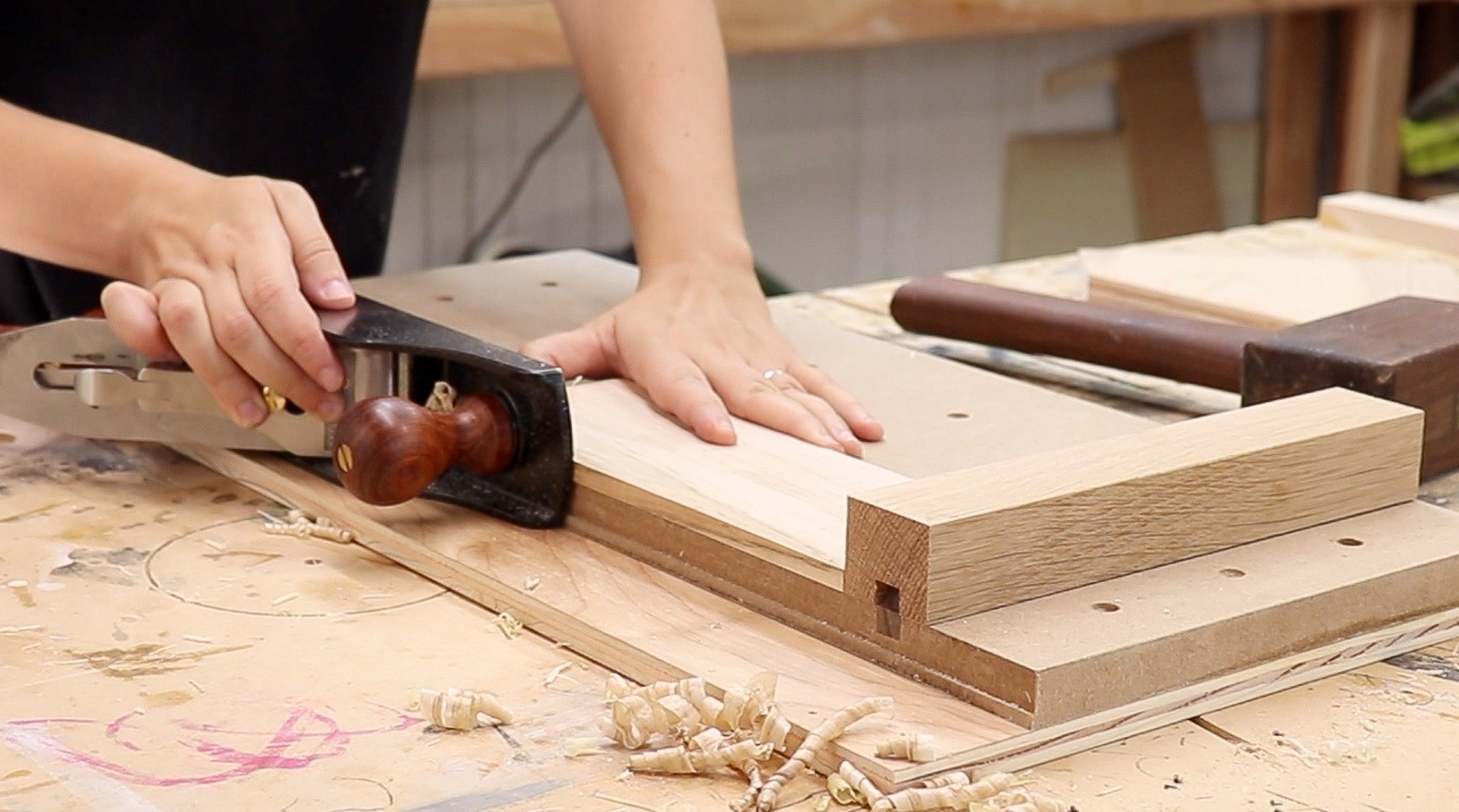

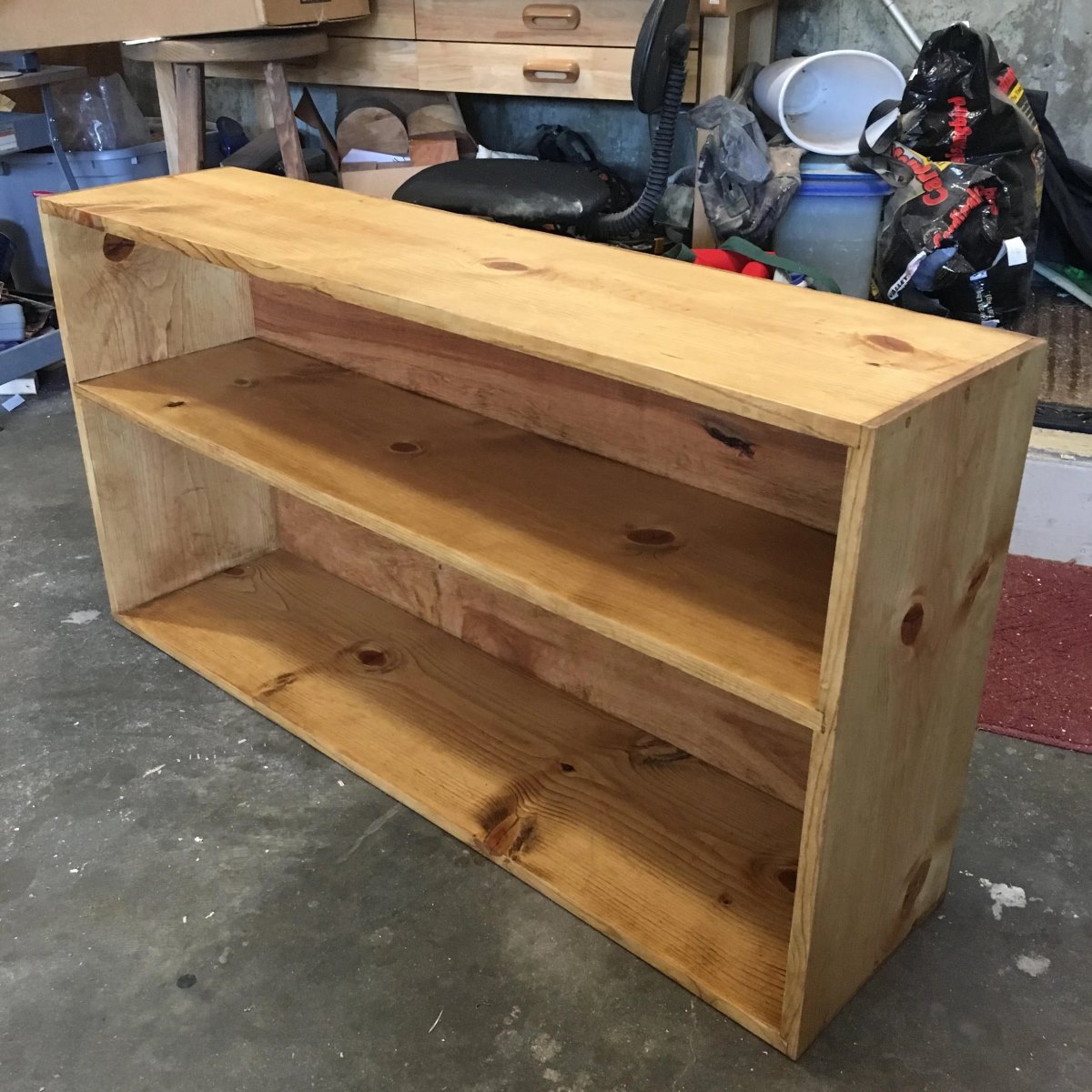
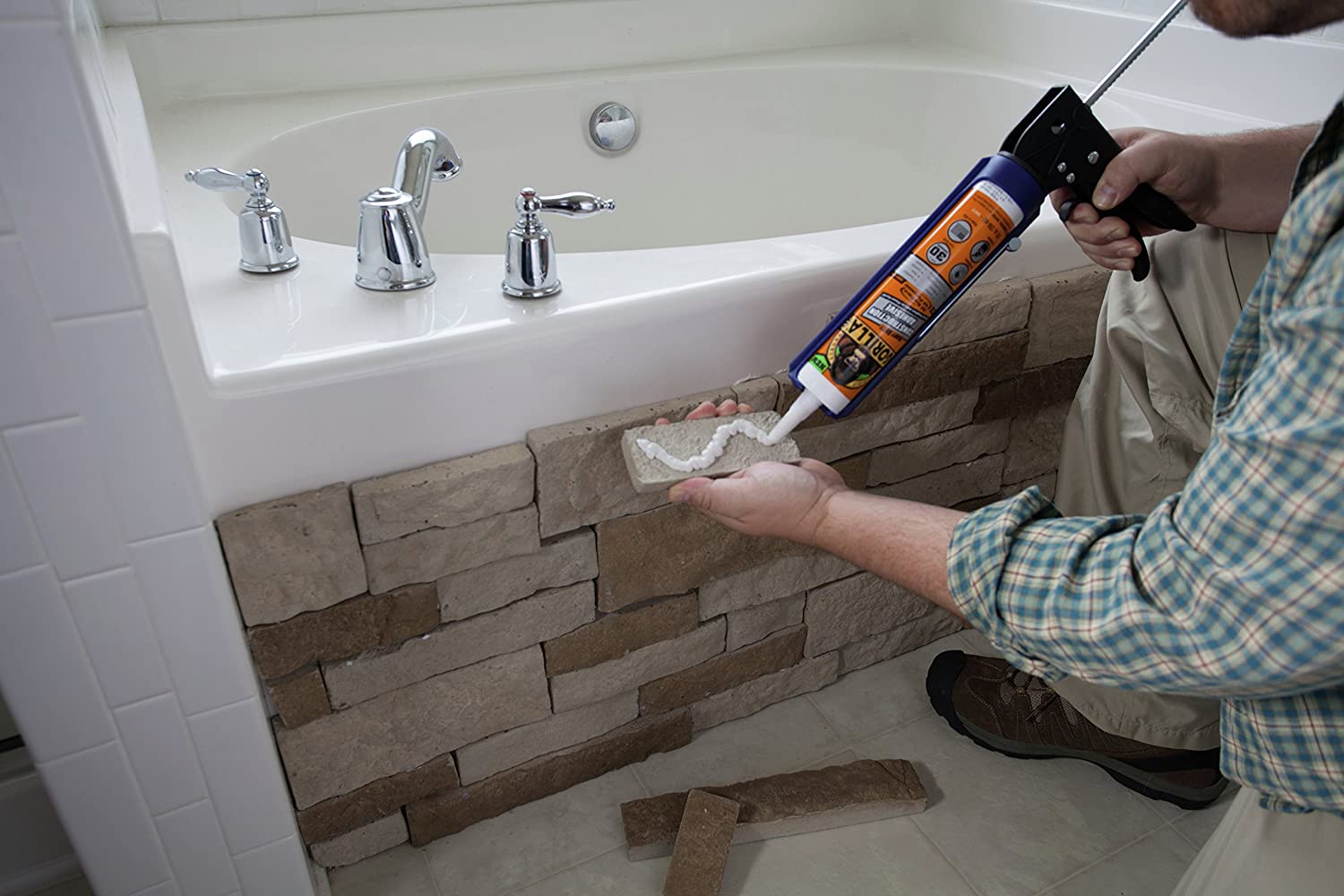


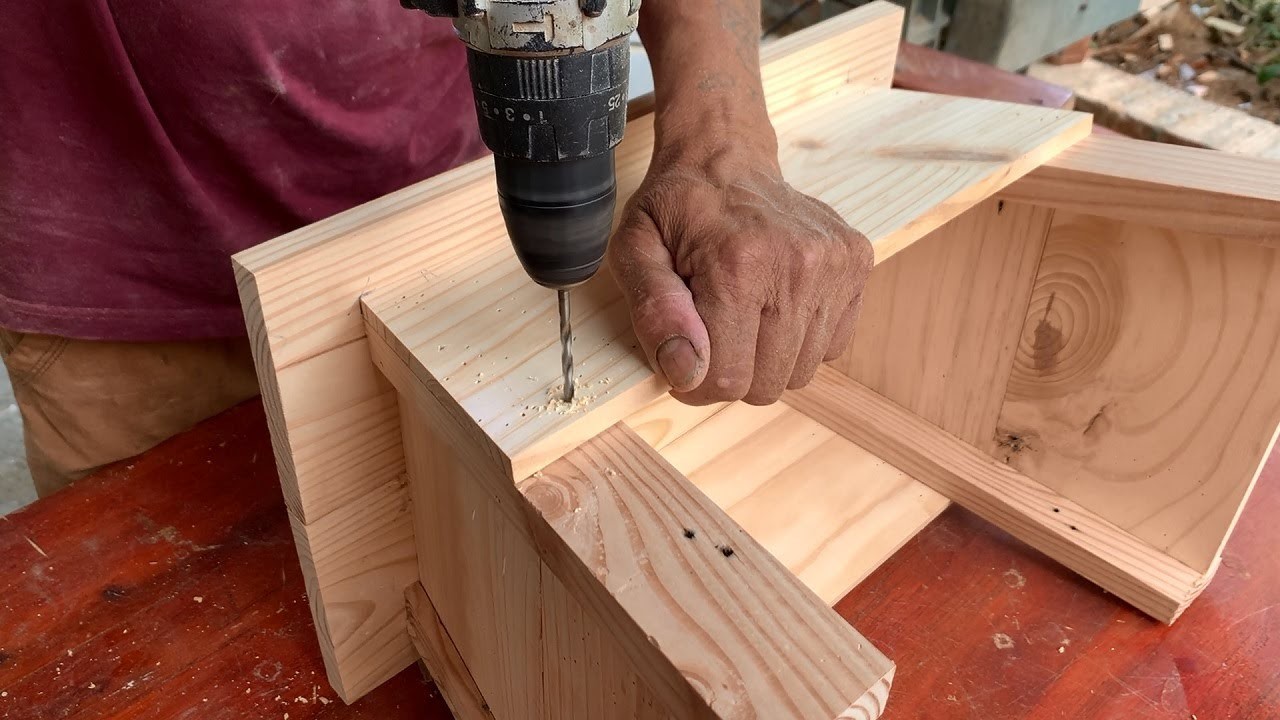
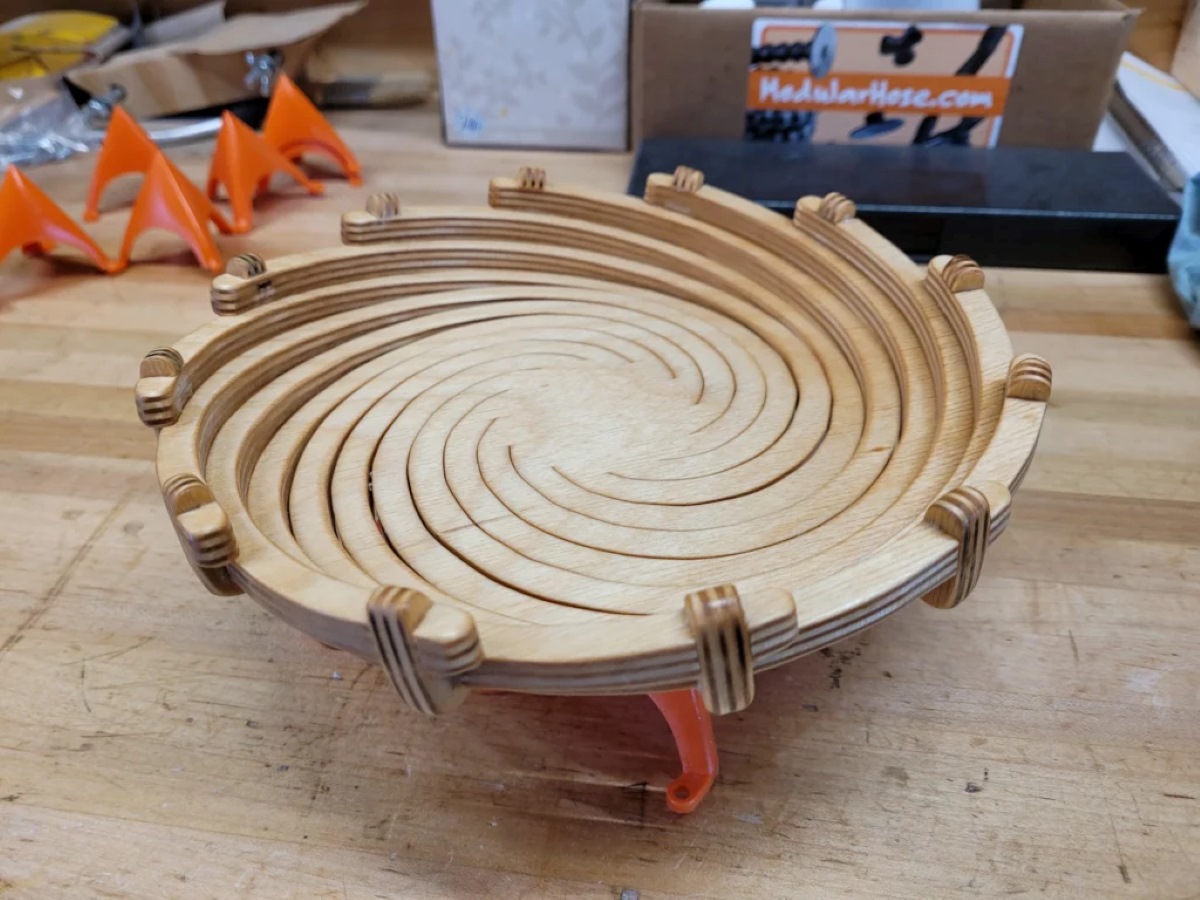
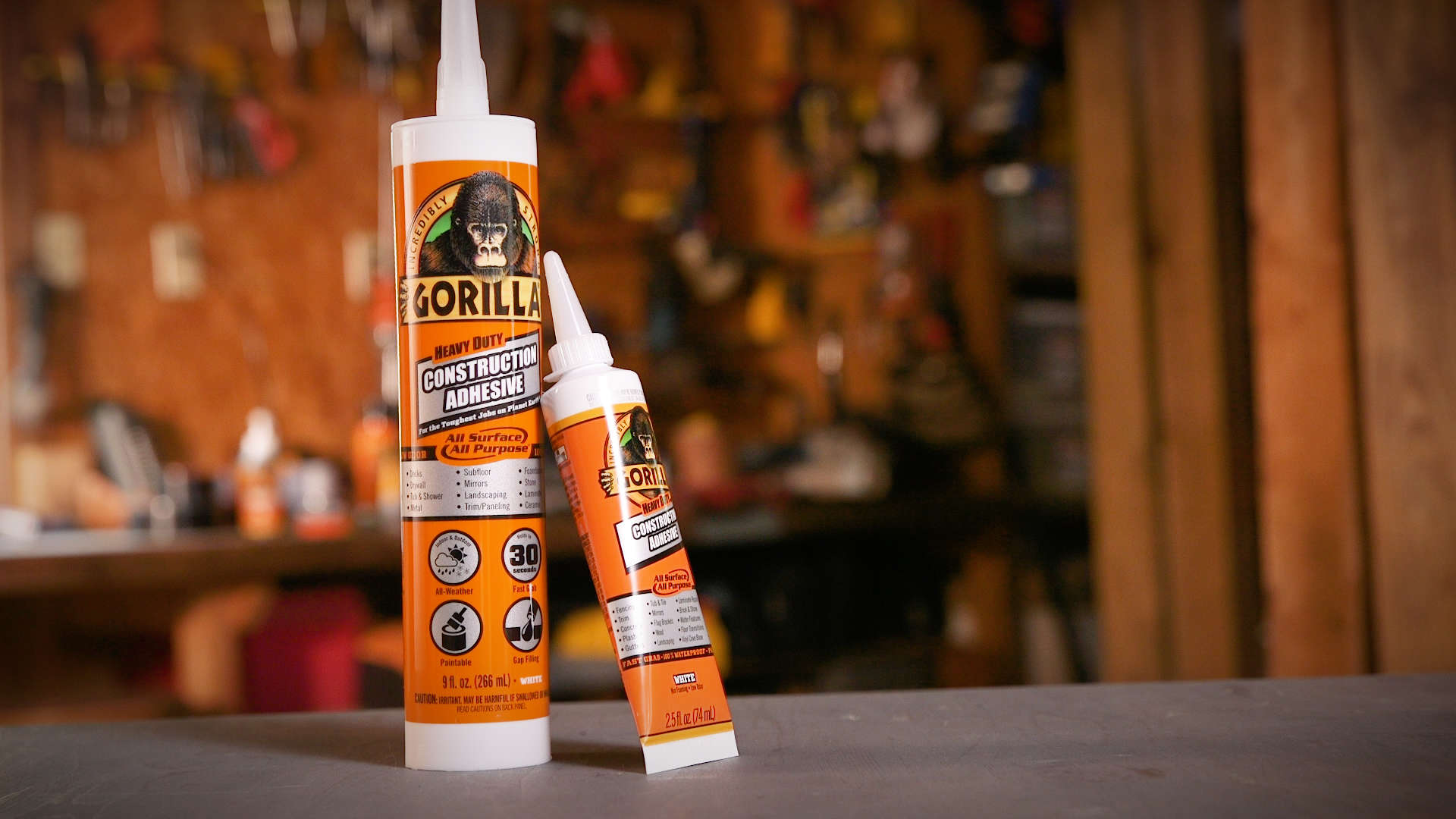

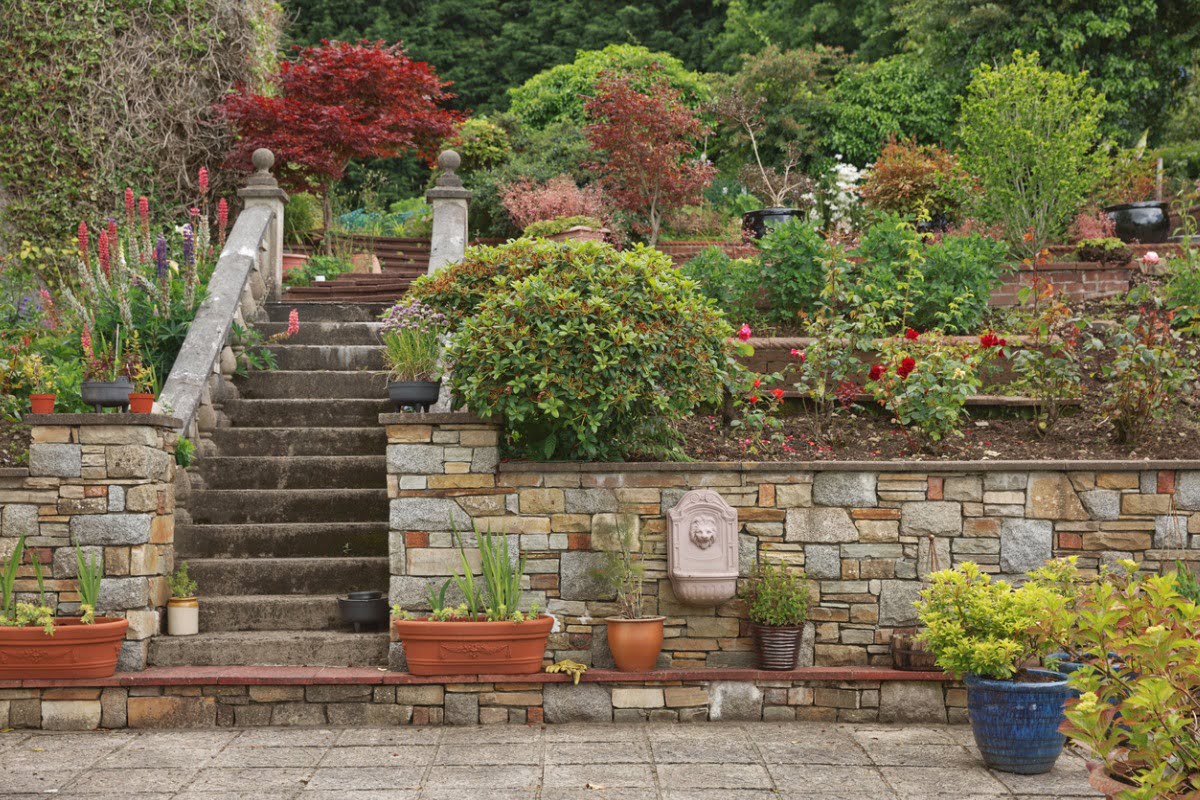

0 thoughts on “The Best Adhesives And Accessories For Your Next Woodworking Project”